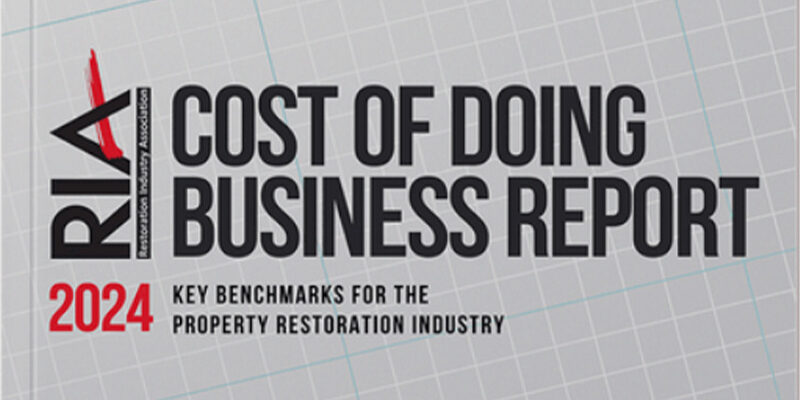Kawasaki disease and cleaning

Kawasaki disease (also known as Kawasaki Syndrome) is a rare but serious illness that mainly affects young children.
On occasion, news reports have implied a connection between KS and carpet cleaning.
It is easy to understand that parents are rightly concerned about any threat to their family, especially their children. However, much of the news coverage has been sensationalist. This leads to over-reaction.
This report offers solid information about the disease and what is known about any connection to carpet cleaning.
What is Kawasaki disease?
Kawasaki Syndrome was first described by Dr. T Kawasaki in Japan in 1967.
KS is rare. From six to 11 cases per 100,000 children will be diagnosed in the United States each year. It usually strikes children less than five years old.
Most that catch this disease are under two years old, although adult cases have been reported.
KS is more common in Japan. Even in the United States, children of Asian heritage are more likely to be diagnosed with KS. It also occurs more often in boys than in girls.
Symptoms include a high fever that typically lasts five to 10 days, swollen lymph nodes in the neck, a rash along with inflammation of the hands and soles of the feet. Red lips and eyes are additional symptoms.
These symptoms are uncomfortable but are temporary. The main treatment for the symptoms is high doses of aspirin.
Further treatment usually includes a blood derivative, gamma globulin. In about 20 percent of untreated cases there is also an effect on the blood vessels around the heart. This can have long term consequences.
Slightly less than one percent of children who contract Kawasaki disease and do not receive treatment will die.
Is there a connection to carpet cleaning?
The study of an outbreak in Denver in 1982 uncovered that, in 11 of the 23 cases, the carpet had been shampooed within 30 days before the symptoms.
This is higher percentage than would be expected in a random sample.
However, four subsequent investigations, as well as laboratory studies, have found no correlation between KS and carpet cleaning.
Of the 11 Colorado cases where carpet had been recently cleaned, most were do-it-yourself cleaning or spot removal. Only in one instance had professional carpet cleaners been used.
The Colorado outbreak occurred during April and May. This is the time when many families do spring cleaning, often including carpet cleaning.
One other study reported on by Cornell University Medical Center noted a statistical connection to carpet cleaning. Again, this was mostly related to do it yourself spot removal.
Cornell University Medical Center concluded that “In the 1960’s when Dr. Kawasaki first described the patients with this syndrome, traditional Japanese houses had tatami mats instead of rugs… It seems unlikely (outbreaks) would be related to rug shampoo.”
The Children’s Hospital, Kempe Research Center also discounted, many years ago, any connection to carpet cleaning. They state, “We remain frustrated that we still do not know the cause of Kawasaki Syndrome.” (Vol. 1, 1988)
In the conclusion of their report, The Children’s Hospital, Kempe Research Center, says: “Additional studies were also done that examined cleaning methods and product usage in homes of Kawasaki patients and controls. None of these studies were able to show an association between a single product or cleaning method and Kawasaki Syndrome.”
What is the cause?
In 1993, Dr. Donald Y.M. Leung and colleagues working at the University of Minnesota and the New England Medical Center reported in the British medical journal, Lancet, that they had identified a possible cause of Kawasaki Syndrome as a super-antigen produced by variant strains of two common bacteria – staphylococcal and streptococcal.
Sometimes these common germs produce a toxin that triggers an allergic reaction.
Their findings have not been confirmed by other research. However, this continues to be the most popular theory as to the cause of KS.
Many questions remain to be answered. What is the mechanism that triggers a bacterium to produce the toxin? Why does the bacterium result in Kawasaki disease in one child but not in another? Current study focuses on KS as being an immune system disorder.
Dr. Leung, while working for the National Jewish Center for Immunology and Respiratory Medicine in Denver, agreed that carpet cleaning is not the cause. He says, “The cause of Kawasaki Syndrome is unknown… and is almost certainly not caused by such hazards as recently shampooed carpet.”
The meaning for us
Recent reports, including one by Fox news, April 13, 2006, have suggested that carpet cleaning chemicals might be responsible for Kawasaki Syndrome.
No study of KS has ever suggested this connection, either by research study or statistical link. As previously stated, most researchers support a “super-antigen” as the most likely cause.
Cleaning is necessary, not only to preserve the appearance and life of carpet, but also for a healthy indoor environment. Clearly allowing the carpet to collect dirt, oil, dead skin and a variety or micro-organisms without regular cleaning cannot be healthy!
A study by the United States Environmental Protection Agency and the Research Triangle in Chapel Hill, NC looked at the relationship between carpet cleaning and indoor air pollution.
Quoting the study, “Total bacteria and bio-pollutants were reduced 40 percent by a carpet cleaning program using professional hot water extraction.”
Here is what Dr. Michael Berry (former deputy director of the US EPA) had to say on carpet cleaning:
“Based upon what I have learned in recent months from researchers working in the United States, Canada and Western Europe, I have reached the conclusion that carpeting and fabrics not cleaned and properly maintained have the potential to cause a variety of health problems inside the building environment. From a public health perspective, I would find it impossible to justify the installation of carpet indoors without the existence of effective cleaning methods using environmentally sound cleaning technology by individuals properly trained in the application of those methods and technology.”
Researchers, public health authorities and carpet manufacturers agree that regular carpet cleaning has health benefits.
Since no definite cause for KS has been determined, it makes sense that everyone should stay off carpet during the cleaning process. In addition, children should stay off carpet for at least four hours, or until the carpet is completely dry.
Scott Warrington has more than 35 years of experience in the carpet cleaning industry and related fields. He serves as the technical support specialist for Bridgepoint Systems and Interlink Supply. He can be contacted at [email protected].












